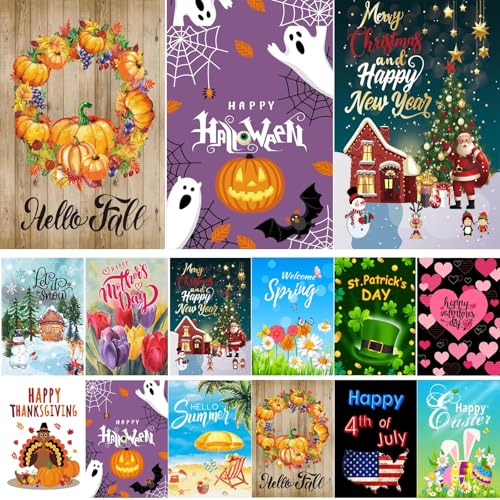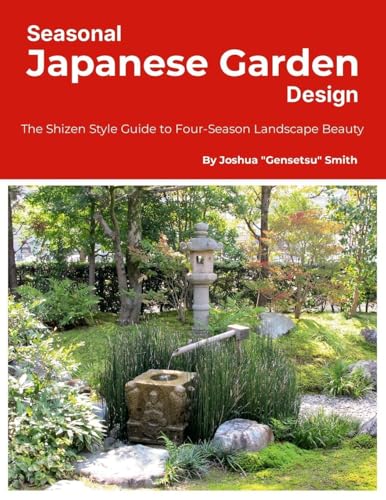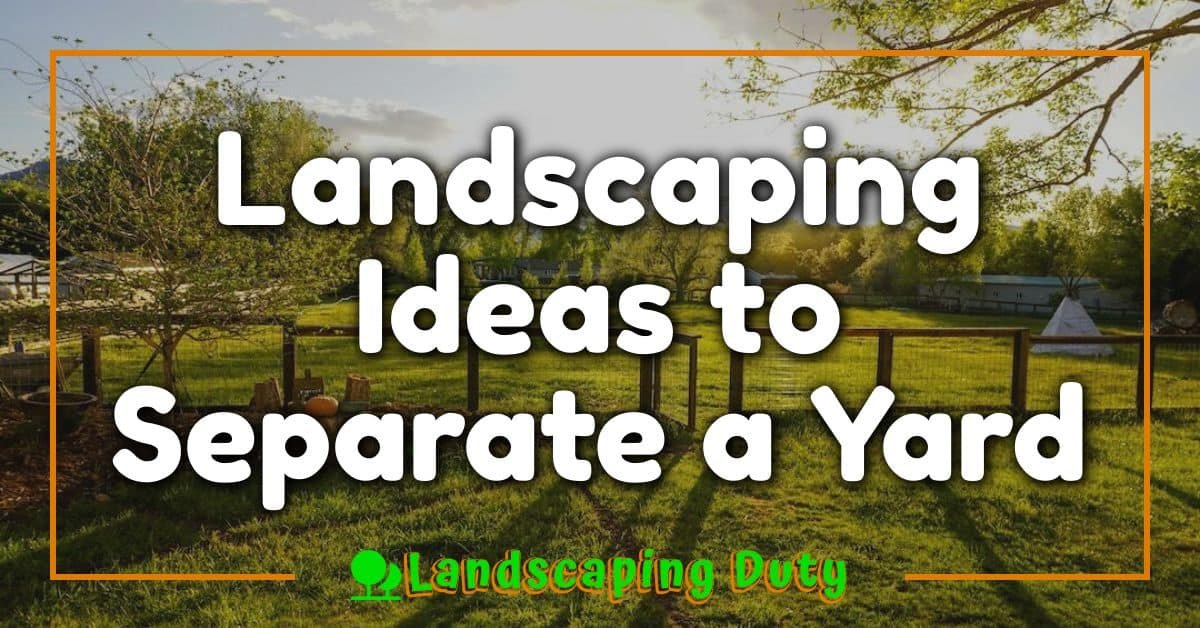As the air turns crisp and leaves begin their colorful transformation, I can’t help but feel inspired by the beauty fall brings to the garden. There’s something magical about the way autumn paints the world in warm hues, making it the perfect season to refresh outdoor spaces. Whether it’s adding bursts of seasonal color or embracing the natural textures of fall, this time of year offers endless opportunities to get creative.

I love how fall invites a slower pace, encouraging me to savor the charm of the season. From planting hardy blooms to incorporating cozy elements like pumpkins and lanterns, there’s so much potential to create a garden that feels both vibrant and welcoming. It’s all about finding ways to celebrate the season’s unique beauty while preparing for the cooler months ahead.
The Magic Of Fall Gardens
Fall gardens showcase vibrant hues, with trees and shrubs transitioning to fiery reds, oranges, and yellows. Maple trees, burning bushes, and sumac offer particularly striking displays. Adding ornamental grasses like feather reed or fountain grass increases texture and motion.
Seasonal blooms like chrysanthemums, asters, and pansies extend garden color. I like to mix these with evergreen plants to maintain visual interest even after flowers fade. Decorating garden paths with gourds, hay bales, and corn stalks enhances the seasonal ambiance.
Fallen leaves create a rustic charm while serving as natural mulch. I gather them for layering around base plants, adding to both aesthetics and plant health. Incorporating elements like stone pathways or wooden benches grounds the space, giving it an inviting, timeless feel.
Late-season vegetables, like kale, cabbage, and swiss chard, thrive in cooler temperatures. Including these in garden beds or containers gives an added touch of functionality. With layers of color, texture, and form, fall gardens become picturesque and serene retreats.
Choosing The Right Plants For Fall
Selecting plants that thrive in autumn’s cooler temperatures and shorter days ensures a flourishing garden. I prioritize varieties that add color, texture, and functionality to enhance the seasonal appeal.
Fall-Blooming Flowers
I include hardy blooms like chrysanthemums, asters, and pansies in my fall garden. Chrysanthemums bring vivid shades of yellow, red, and purple, creating a vibrant display along borders. Asters, with their star-shaped petals, fill garden beds with soft blues and purples. Pansies, which tolerate frost, offer dynamic color combinations for containers or ground cover. To complement these flowers, I mix in ornamental grasses like fountain grass or switchgrass, adding movement and texture against bold blooms.
Autumn Vegetables And Herbs
I focus on cool-season vegetables like kale, swiss chard, and Brussels sprouts. Kale provides rich greens and thrives in crisp air. Swiss chard offers colorful stems and leafy texture, doubling as edible accents. Brussels sprouts develop best in autumn, delivering a functional and decorative element to garden beds. For herbs, I plant rosemary, thyme, and sage, which stay evergreen and enhance seasonal recipes. Using raised beds or containers keeps these plants protected from early frosts while maintaining accessibility.
Design Ideas For A Seasonal Fall Garden
Fall gardens offer countless opportunities to refresh outdoor spaces with vibrant colors and cozy additions. I like combining natural elements and thoughtful designs to reflect the season’s charm.
Playing With Colors And Textures
Rich reds, oranges, and yellows dominate the fall palette. I often plant trees like maples or shrubs like burning bushes to highlight these fiery hues. Ornamental grasses like miscanthus or feather reed grass add texture and movement to border areas. Seasonal blooms such as chrysanthemums, asters, and pansies mix beautifully with evergreen shrubs, ensuring balance in the garden. I also layer fallen leaves in flower beds or around tree bases to enhance the rustic appeal while improving soil health.
When playing with textures, I choose pumpkins, gourds, and hay bales to complement display areas. Twigs and dried seed heads from perennials bring a sculptural element to garden beds. I arrange these alongside seasonal flowers for added interest.
Creating Cozy Outdoor Spaces
I like turning garden corners or patios into inviting retreats during fall. Wooden benches or stone seating provide functional focal points. I often use plaid throws or outdoor cushions with warm tones to create a homely vibe. Lanterns or fairy lights strung along pergolas or fences add soft, ambient lighting.
Fire pits or portable heaters can extend outdoor gatherings into cooler evenings. I surround these areas with potted chrysanthemums, rosemary, or thyme, adding fragrance and seasonal decor. These small details transform gardens into welcoming spaces for the season.
Maintaining Your Fall Garden
Taking care of a fall garden prepares it for winter while keeping it healthy and vibrant. Focus on tasks that nurture plants and improve soil conditions for the colder months.
Pruning And Preparing For Dormancy
Pruning old or damaged branches helps trees and shrubs conserve energy. I cut back perennials like peonies and daylilies to encourage regrowth in spring, while leaving seed heads on plants such as coneflowers and sunflowers for birds to enjoy. Removing spent blooms from fall-blooming flowers like chrysanthemums extends their display. If frost-sensitive herbs or annuals are present, I remove or compost them after the first frost. When roses are in a fall garden, trimming their stems slightly prevents wind damage during winter.
Mulching And Soil Care
Adding a mulch layer regulates soil temperature and prevents moisture loss during colder months. I use shredded leaves, straw, or bark chips as mulch around the base of plants and trees, ensuring an inch or two of space between the mulch and stems to avoid rot. Spreading compost enriches the soil with nutrients and enhances its texture for spring planting. For vegetable garden beds, I plant cover crops like clover or rye to improve soil health naturally and prevent erosion. If the garden includes potted plants, moving them to a sheltered location prevents freezing damage.
Seasonal Decor For Your Garden
Fall brings unique opportunities to decorate outdoor spaces with the season’s natural beauty. Using earthy elements and creative touches, it’s possible to reflect the charm of autumn in any garden.
Incorporating Natural Fall Elements
I like to use pumpkins, gourds, and corn stalks to instantly set an autumnal tone. Arranging them around garden beds, pathways, or porches enhances the seasonal feel. Hay bales can serve as platforms for displays or seating in outdoor areas. Fallen leaves, especially in fiery reds and oranges, add a rustic charm when left scattered or concentrated in particular spots. Ornamental grasses, such as fountain or feather reed grass, bring texture and movement while blending well with the season’s hues.
« Award-Winning Landscapes: Key Features for Stunning, Sustainable Outdoor Designs Japanese Garden Ideas for Your Yard: Create a Peaceful Outdoor Retreat at Home »
Seasonal plants, like chrysanthemums and pansies, pair beautifully with pots or planters filled with herbs like sage and rosemary. These not only look great but can also serve functional purposes in the kitchen. Drying branches or twigs from trees such as birches or maples can enhance arrangements in pots for an organic touch.
DIY Crafts And Displays
Creating handcrafted decor adds a personal touch to the garden. I enjoy making wreaths using grapevine bases decorated with dried leaves, berries, or miniature pumpkins. Mason jars filled with LED string lights or candles can act as rustic lanterns along garden paths or patios. Bundling dried corn or wheat stalks with burlap ribbon makes for striking vertical accents near entryways or garden gates.
Scarecrows crafted with old clothing add whimsical displays, while hand-painted pumpkins let families join the decorating process. Upcycling wooden crates into multi-tiered displays for gourds, potted plants, or small hay bales creates height and adds visual interest. These simple DIY projects enhance garden spaces while celebrating the creativity of the season.
Conclusion
Fall is such a magical time to embrace the beauty of nature and let creativity shine in the garden. From vibrant colors to cozy accents, there’s so much opportunity to make outdoor spaces feel warm and inviting.
Whether it’s adding seasonal blooms, experimenting with textures, or creating charming corners to relax in, the possibilities are endless. I love how fall inspires us to slow down and truly appreciate the changing season while preparing for what’s ahead.
So grab a warm drink, step outside, and enjoy the crisp air and golden hues. Your garden is ready to reflect all the charm and wonder that autumn has to offer!
















